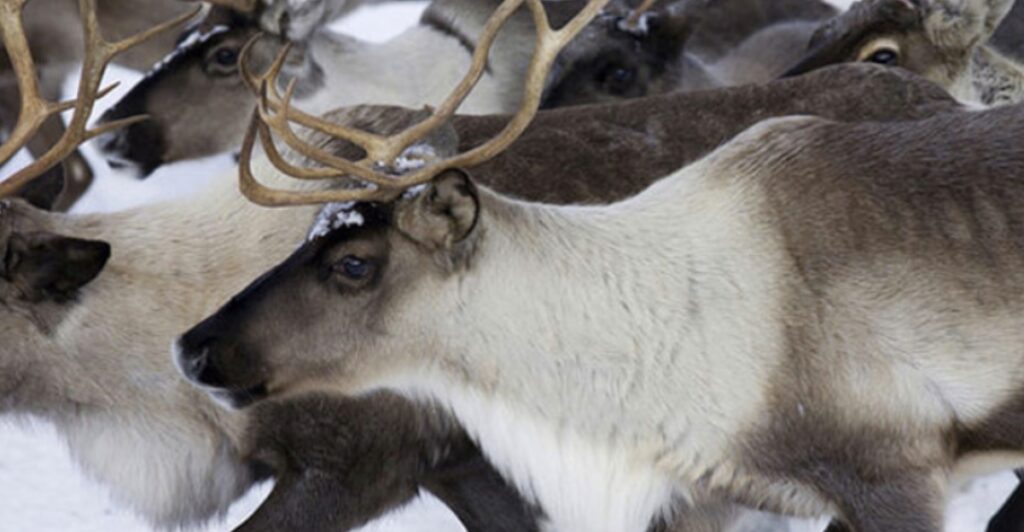
Migration is vital for many animals, helping them find food, safe climates, and breeding grounds. But climate change is turning these age-old patterns on their head. Rising temperatures, changing seasons, and habitat loss are forcing species to adjust, often with serious consequences. From shorter journeys to mismatched breeding schedules, these changes affect not just animals but entire ecosystems. Here, we explore how climate change is shaping migration and why it matters.
Earlier Migration Start Times
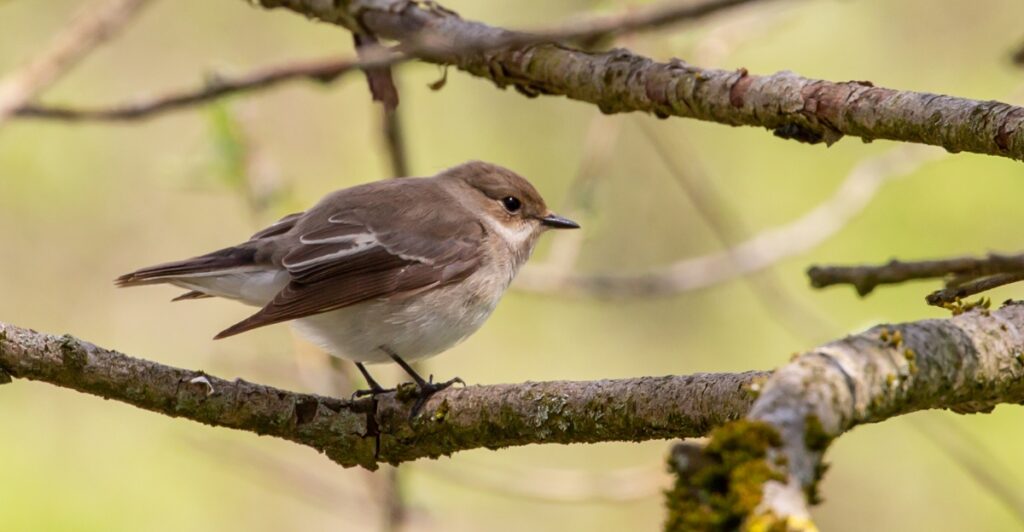
Because of rising temperatures, some animals are starting their migrations earlier. Birds like European flycatchers are arriving at breeding sites sooner, trying to line up with the earlier appearance of their insect prey. While this might seem like a good adjustment, it isn’t always perfect. Some birds end up out of sync with the peak food supply, which can leave their chicks without enough to eat. This mismatch, caused by warmer springs, creates big challenges for species that rely on precise timing to survive.
Flying Seasons Are Getting Longer
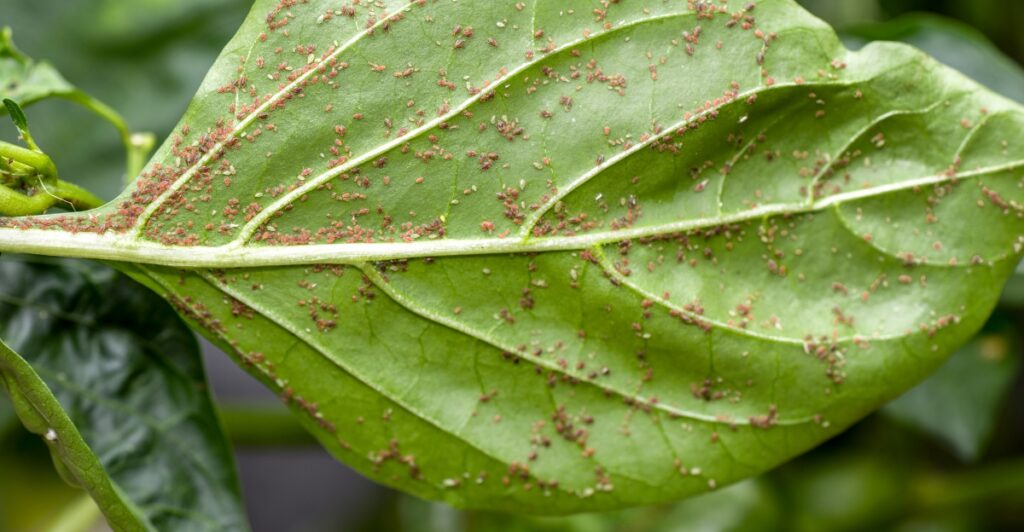
Some species are staying active for more of the year because of warmer weather. In the UK, aphids are taking flight earlier and flying later into the fall. These extended seasons might sound like a minor problem, but they can have real impacts. For one, they give pests more time to damage crops. Longer flying seasons also disrupt natural cycles between plants and pollinators, which could harm entire ecosystems. Changes like these may seem small but can ripple out to affect other species in unexpected ways.
Shorter Migration Journeys
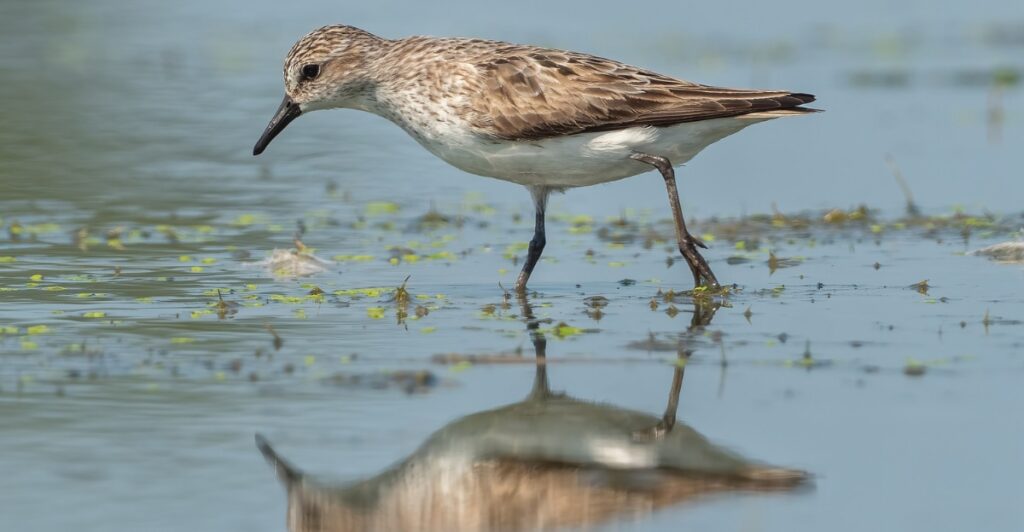
As winters grow milder, some animals are skipping the long-distance trips they used to make. Certain bird species, for example, no longer have to travel as far south to escape the cold. While this might save them energy, it can create other problems. These birds often crowd into smaller areas, which increases competition for food and nesting spots. It also throws off predator-prey relationships and disrupts local ecosystems. Shorter migrations may seem convenient, but they bring challenges for both animals and the environments they inhabit.
Animals Giving Up Migration Entirely
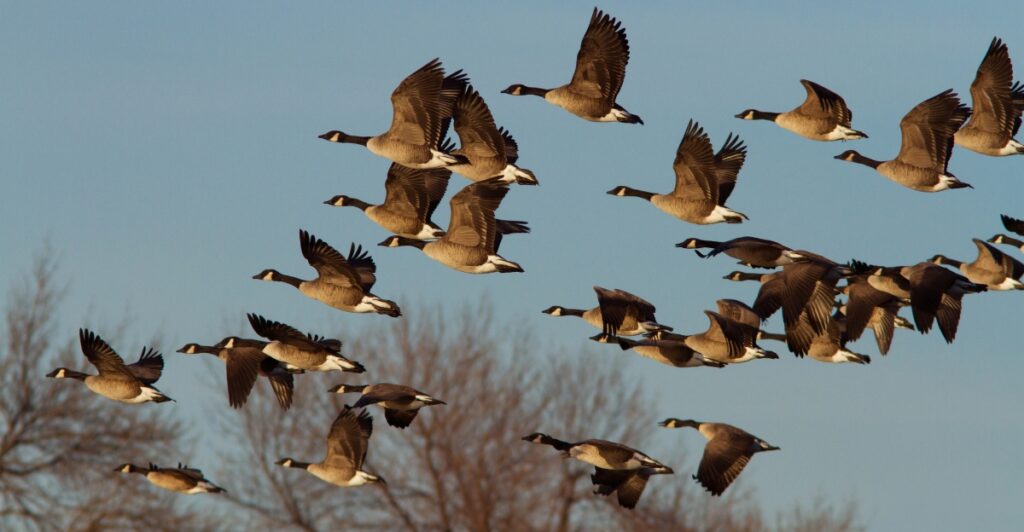
Some species are settling down and skipping migration altogether. Birds like Canada geese, which are known to travel long distances to escape harsh winters, are now able to settle in one place year-round due to milder weather and urban food sources. These sedentary lifestyles then disrupt local ecosystems, possibly throwing predators, prey, and plant pollination cycles off balance. The loss of migration also limits the movement of nutrients across regions, reducing the positive impacts that migrating animals bring to their environments.
Diseases Spreading More Easily
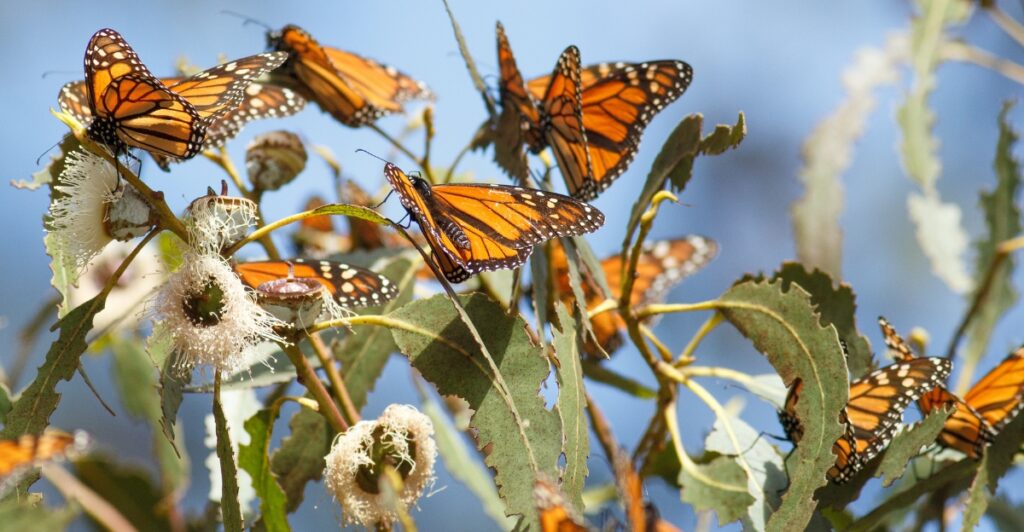
Migration has the hidden benefit of acting as a natural defense against disease, as it often removes animals from contaminated habitats or culls weaker individuals during long journeys. But as some species stop migrating, disease rates rise. Certain sedentary monarch butterfly populations in the US are significantly more infected by parasites than their migratory counterparts. Climate change also helps disease-carrying insects like mosquitoes expand their ranges, bringing new threats to both wildlife and humans.
Fish Are in Hot Water
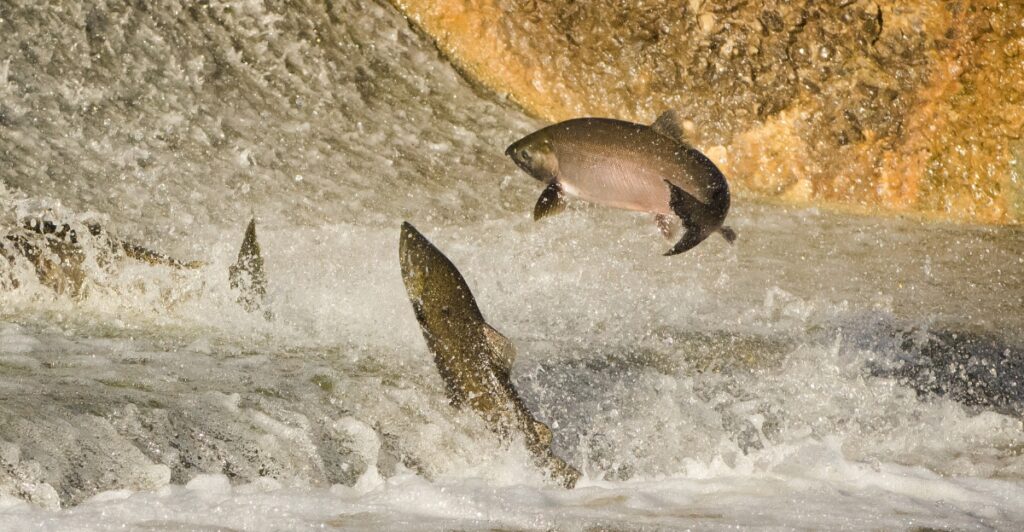
For fish like Chinook salmon, migration is getting harder as water temperatures rise. These salmon travel hundreds of miles between rivers and the ocean, but warmer waters are making that trip exhausting. Heat increases their metabolism, forcing them to use up more energy just to survive. They also need to rest more often in calm waters, where temperatures can be even higher. This combination of stress and reduced energy leaves many salmon unable to complete their migration, threatening the survival of entire populations.
Timing of Breeding Going Off Track
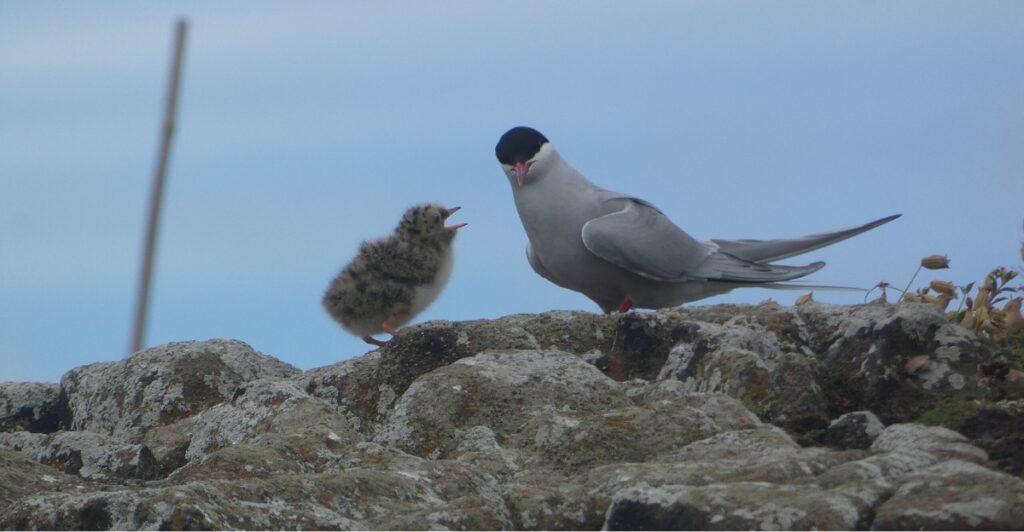
Migration and breeding often depend on perfect timing, but climate change is throwing that balance off. Birds usually arrive at breeding sites when food is abundant, ensuring their young have enough to eat. However, rising temperatures are causing insects to emerge earlier, leaving some birds out of sync. When chicks hatch after the peak food supply, survival rates drop. These timing mismatches are becoming more common as seasonal patterns shift, putting many species at risk of declining.
Key Resting Spots Are Disappearing
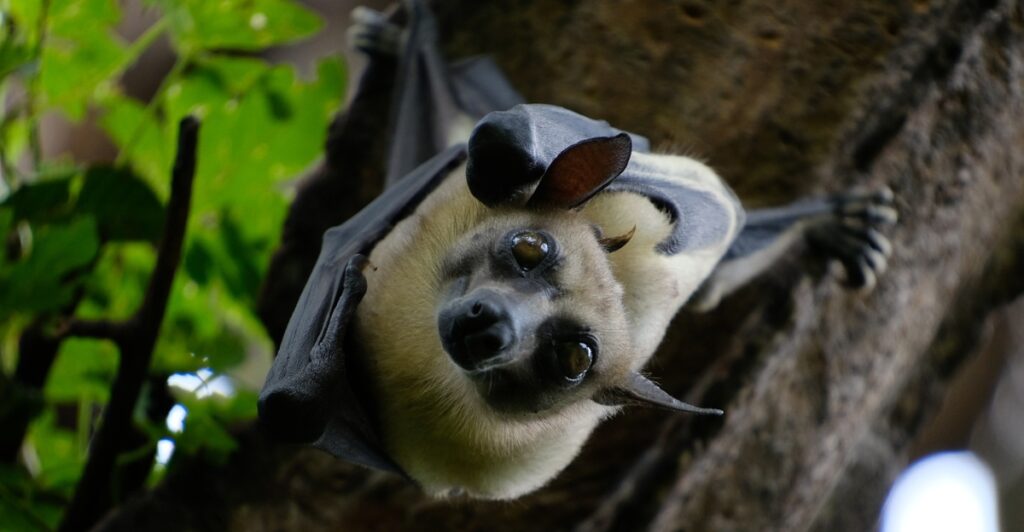
Animals rely on specific stopover sites to rest and refuel during migration, but many of these places are changing or totally vanishing. Wetlands, forests, and other habitats are shrinking due to climate change and human activities like deforestation. Without these crucial pitstops, migratory animals are forced to travel longer distances without rest, which can lead to exhaustion or death. This loss affects not just individual species but entire ecosystems that depend on these animals to spread seeds, control pests, and maintain overall balance.
Extreme Weather Interruptions
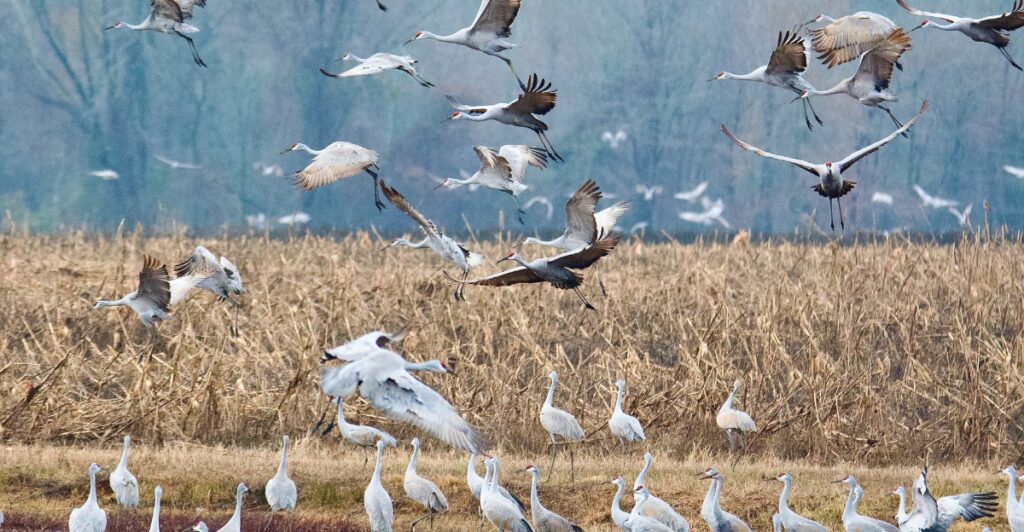
Intense storms, droughts, and heatwaves are making migration riskier than ever. Birds caught in hurricanes often perish before reaching their destinations, while droughts dry up rivers that fish like salmon need to travel through. These events are happening more and more often and with greater intensity, making migration increasingly difficult for many species. For animals that rely on long-distance travel to survive, extreme weather events can mean the difference between thriving and failing to reproduce at all.
Migration Routes Are Shifting
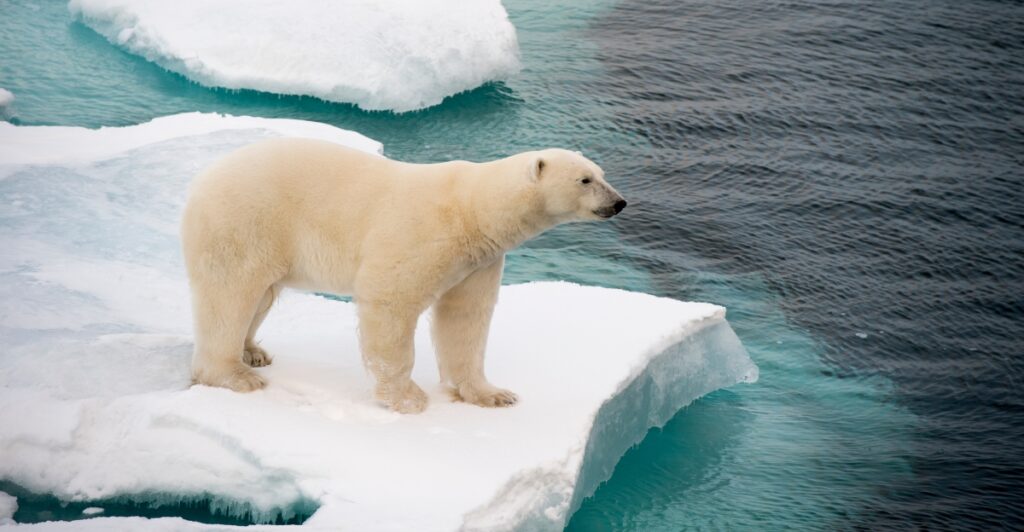
As climates change, some animals are taking new paths to reach their destinations. Polar bears, for example, are wandering further to find stable sea ice, which they need for hunting seals. While these changes might seem like a good adaptation, they can be draining. Longer routes use up more energy, leaving animals weaker and less likely to reproduce. New migration paths also bring animals into contact with unfamiliar species, which can upset ecological balances. Adapting on the move isn’t always enough to overcome these challenges.
Unreliable Environmental Signals
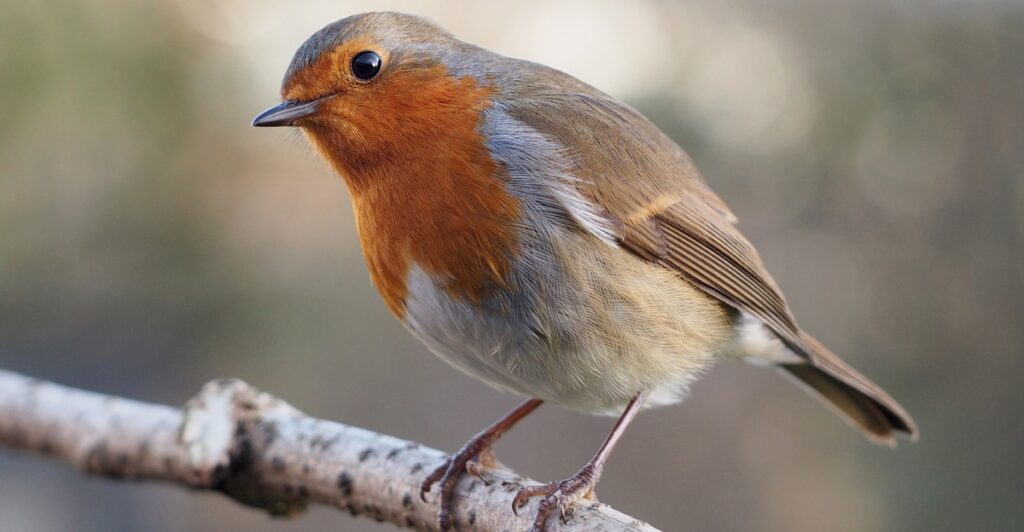
Animals use cues like temperature and daylight to know when to migrate, but these signals are becoming harder to trust. Songbirds, for instance, rely on consistent seasonal changes to time their migrations. With erratic weather patterns, they might leave too early or too late, missing key food sources along their way. These unpredictable signals create extra stress, making it harder for animals to complete their journeys. Over time, unreliable cues could disrupt migration traditions that species have followed for centuries.
Ecosystems Losing Essential Services
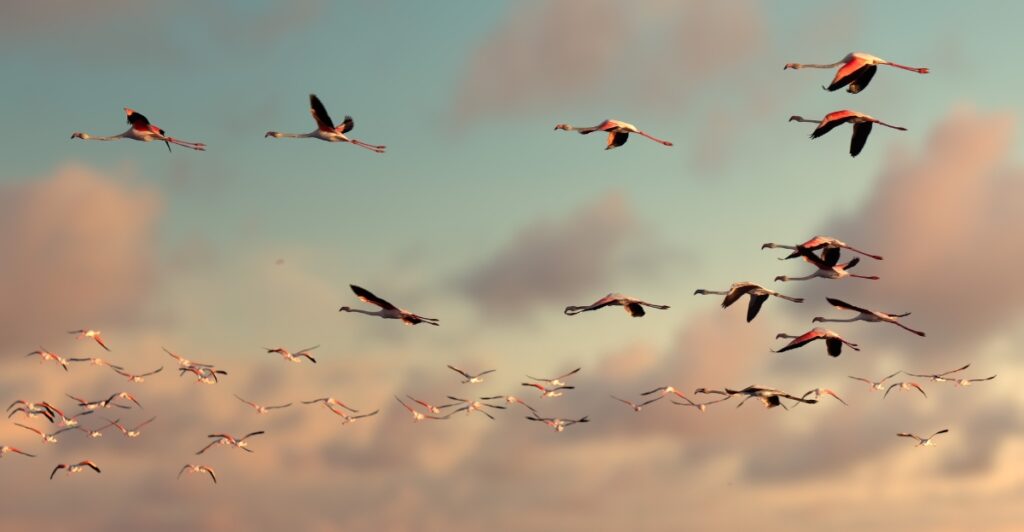
Migration doesn’t just benefit animals; it’s a cornerstone of healthy ecosystems. Birds control pests, spread seeds, and pollinate plants, while fish like salmon enrich rivers with nutrients when they spawn. When migration falters, these vital processes fall apart. Crops suffer without pollinators, invasive pests thrive unchecked, and forests lose their natural regeneration. As climate change disrupts these ancient patterns, it’s not just wildlife that feels the impact—humans and entire ecosystems are also affected.
Resources:
- ResearchGate: Climate change impacts on animal migration
- World Economic Forum: Here’s how extreme weather is affecting animal migration
Stay connected with us for more stories like this! Follow us to get the latest updates or hit the Follow button at the top of this article, and let us know what you think by leaving your feedback below. We’d love to hear from you!







